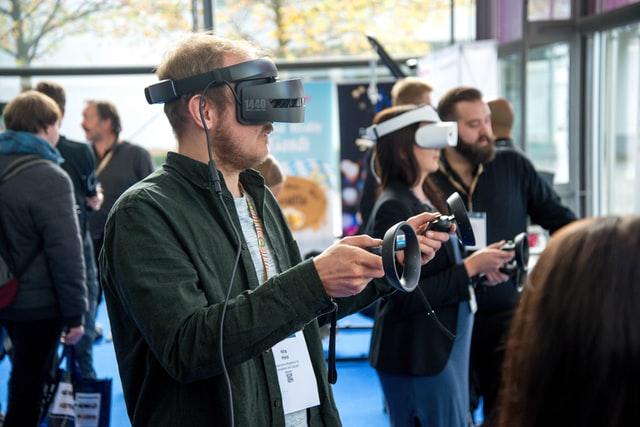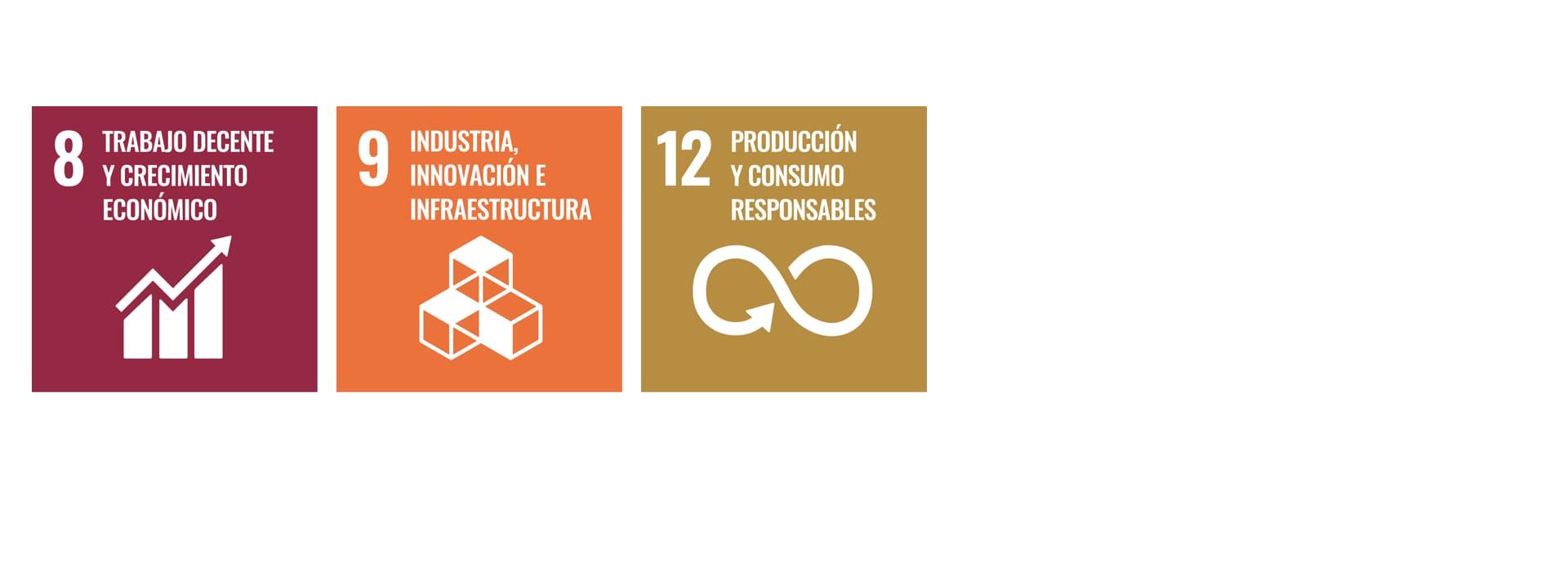Metaverse as a business tool
8 Febrero - 2022
Luz Parrondo
Director of the Finance, Accountability & Control Dept.
Director of Postgraduate in Blockchain and Other DLT Technologies
__
3D worlds have undergone a great evolution in just a few decades of history. In a 2018 report, IDC Research predicted that investment in Virtual Reality (VR) and Augmented Reality (AR) would increase 21-fold over the next four years, reaching 15.5 billion euros by 2022. In 2021, Statista published global VR, AR and Mixed market data indicating that it would reach 30.7 billion dollars and 300 billion dollars, respectively, by 2024 by the end of that same year.
As we can see, the growth of this phenomenon is greater than expected and, in recent months, it is showing signs that it may increase even more with the arrival of Distributed Ledger Technologies (DLT). This technology represents a great qualitative and functional leap for virtual environments by enabling the exchange of digital and monetary assets in a secure, transparent and disintermediated environment.
Although many see metaverses as mere pages where to waste time, there are different applications that support their great potential as a business development tool
Among these virtual worlds or metaverses, there are versions for all kinds of interests and for all kinds of audiences. Although many people see them as mere leisure pages where you can play, chat or simply waste time, there are different applications that endorse their transversality and their great potential as a business development tool.
For years, the application of these environments has extended, for example, to educational centers including some of the most prestigious universities worldwide, such as Harvard and Oxford; to companies that have used this space to present their products, such as Toyota and Seat, among others; to multinationals that hold conventions in a virtual world, such as IBM; or to public institutions with their own virtual headquarters, such as the Cervantes Institute recreating its building in Madrid's Alcalá Street and, of course, also to NGOs
Segmentation, one of the most prized characteristics
Corroborating their cross-cutting nature, metaverses are a very efficient marketing option in an infinite number of sectors. Although they are not the best option to reach a mass audience, they are the best option to reach segments of the population that can multiply the effect of the action through other communication tools. In addition, the space where the action is carried out can be repeated as many times as desired without a significant increase in costs.
Metaverses are presented as a very efficient marketing option thanks to the possibility of segmentation, both by age and by interests
One of the most outstanding features of metaverses is the possibility of segmentation they offer, both by age and by user interests. This variety of metaverses also implies a great diversity of formats, activities, contents, etc., which multiplies the possibilities for organizations to reach the most varied audiences.
Through these metaverses, it is possible to recreate real or imaginary scenarios on a computer, where users can interact through virtual characters called "avatars", giving the feeling of being immersed. All this is possible thanks to the generation of images in real time, displayed in the user's viewing area, at the same instant of interacting and moving in the designed scenario. Five characteristics have been identified for these environments:
- Possess a 3D graphical user interface with embedded audio
- Support multi-user interaction remotely
- Remain functional and operable at all times
- Generate a sense of realism by creating a sense of presence
- Emphasize activities, objectives and content creation tools to customize context and experience
To these characteristics, DLTs add the ability to create, distribute and store value through a digital ecosystem. Let's look at two specific sectors in which the metaverse has already come some way: education and finance.
Metaverse in the education and financial sectors
In education, metaverses allow the creation of any type of content for e-learning, virtual tours, simulations or any scenario that can be imagined, either for local or distributed reproduction. Currently, a great variety of 3D virtual environments can be found, where many of these scenarios seek to bring the student closer to knowledge in a playful way.
The various forms of navigation allow the user to move in a scenario through the avatars in order to interact with the 3D environments, with actions such as walking, flying, teleporting, editing terrain, creating content and manipulating virtual objects. In addition, collision management makes the avatar's movement in the created universe more realistic.
Nowadays, in the world of education, a great variety of 3D virtual environments can be found to bring the student closer to knowledge in a playful way
The animation of the integrated virtual objects makes it possible to give life and greater realism to the proposals. With physical simulations, the realism of the interaction is considerably increased, achieving gravity and friction effects. Also, the possibility of integrating algorithms from artificial intelligence increases the possibilities of building simulated contexts with multiple applications, and the tokenization of assets increases the possibilities of interaction and the sensation of realism, generating secure and disintermediated ecosystems of value exchange.
One sector where these possibilities are clearly evident is the financial sector. Bank of America was a pioneer in launching a virtual reality training program in 4,300 financial centers as one of its many initiatives to take advantage of the metaverse. This innovative training method allows nearly 5,000 of its employees to practice and learn tasks ranging from routine to complex, simulating processes including customer interactions in the virtual environment, all from the comfort of their seats.
Many within the industry are now looking to adopt this new training method that allows employees to develop new skills, refine existing ones and promote technology-driven or optimized training experience. Other banks such as BNP Paribas or Bank of Kuwait have begun using metaverse-driven AR VR to provide retail banking services. Shinhan Bank, based in Korea, plans to launch its metaverse platform that would offer virtual banking services and be a repository of financial knowledge. We are at the dawn of a new era in which the boundary between reality and digitization is becoming increasingly blurred.

